Home>Gardening & Outdoor>Landscaping Ideas>How Long To Water My Grass
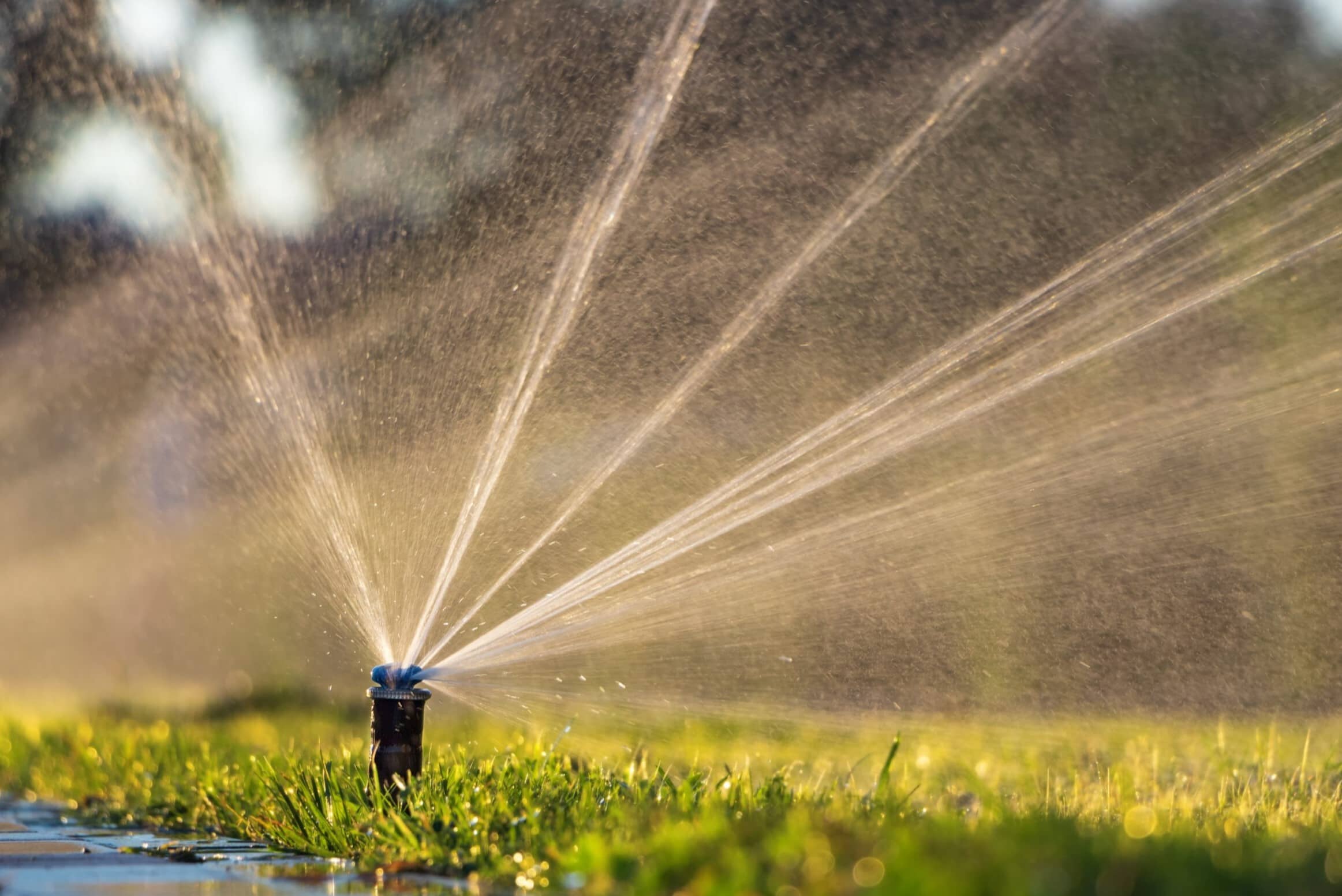

Landscaping Ideas
How Long To Water My Grass
Modified: January 26, 2024
Learn the best watering schedule for your grass with our expert landscaping ideas. Discover how long to water your lawn for a healthy, vibrant yard.
(Many of the links in this article redirect to a specific reviewed product. Your purchase of these products through affiliate links helps to generate commission for Storables.com, at no extra cost. Learn more)
Introduction
Welcome to the world of lawn care, where the health and vibrancy of your grass depend on a variety of factors, with watering being a crucial element. Determining the right amount of time to water your grass is essential for maintaining a lush, green lawn while conserving water and promoting sustainability. Understanding the specific needs of your grass, considering environmental factors, and implementing efficient watering practices are key to achieving optimal results. In this article, we will explore the factors that influence watering time, discuss the watering needs of different grass types, provide guidance on determining the appropriate watering duration, and offer valuable tips for efficient grass watering.
Key Takeaways:
- Efficient grass watering involves understanding your grass type and environmental factors, adjusting watering duration, and using smart irrigation tools for optimal results.
- By watering early in the morning, adjusting based on seasons, and implementing deep watering techniques, you can conserve water and promote a healthy, vibrant lawn.
Read more: How Long To Water My Grass In The Summer
Factors Affecting Watering Time
Several critical factors influence the duration for which you should water your grass. Understanding and considering these factors will help you develop an effective watering schedule that promotes the health and growth of your lawn.
- Grass Type: Different grass species have varying water requirements. For instance, cool-season grasses such as Kentucky bluegrass and fescue generally need more frequent watering than warm-season varieties like Bermuda grass and zoysia.
- Soil Type: The composition of your soil significantly impacts how quickly water is absorbed and retained. Sandy soils drain water rapidly, requiring more frequent watering, whereas clay soils retain moisture for longer periods, necessitating less frequent watering sessions.
- Weather Conditions: Environmental factors such as temperature, humidity, and wind speed affect the rate of evaporation and water absorption. Hot and dry conditions demand more frequent watering, while cooler, more humid weather may allow for longer intervals between watering sessions.
- Establishment Stage: Newly seeded or sodded lawns require more frequent watering to support germination and root establishment. Once the grass is established, watering frequency can be adjusted accordingly.
- Shade and Sunlight: The amount of shade or sunlight your lawn receives influences its water needs. Shaded areas retain moisture for longer periods, while sunny spots may require more frequent watering to prevent drying out.
- Topography: The slope and drainage of your lawn can impact water distribution. Flat areas may retain water, requiring less frequent watering, while sloped areas may need more attention to ensure even moisture distribution.
By carefully considering these factors, you can tailor your watering schedule to meet the specific needs of your grass, promoting healthy growth and minimizing water waste.
Types of Grass and Their Watering Needs
Understanding the unique watering requirements of different grass species is essential for maintaining a healthy and vibrant lawn. Here’s a closer look at the watering needs of common grass types:
- Bermuda Grass: This warm-season grass thrives in hot and dry conditions, making it relatively drought-tolerant. It requires deep, infrequent watering to encourage deep root growth and resilience during periods of heat and drought.
- Zoysia Grass: Similar to Bermuda grass, zoysia is well-adapted to hot and dry climates. It benefits from deep, less frequent watering to promote deep root development and overall resilience.
- Kentucky Bluegrass: As a cool-season grass, Kentucky bluegrass prefers consistent moisture and may require more frequent watering, especially during hot and dry spells.
- Fescue: This cool-season grass variety exhibits good drought tolerance but may require supplemental watering during prolonged dry periods. Deep, occasional watering is beneficial for fescue lawns.
- Centipede Grass: Known for its low maintenance requirements, centipede grass prefers infrequent, deep watering. It can withstand periods of drought but benefits from occasional irrigation during extended dry spells.
- Bahia Grass: Bahia grass is relatively drought-tolerant and requires infrequent, deep watering to encourage deep root growth and overall resilience.
It’s important to note that individual lawn conditions, including soil type, sunlight exposure, and local climate, can influence the specific watering needs of each grass type. By understanding the characteristics of your grass variety and considering environmental factors, you can develop a targeted watering strategy to support the health and vitality of your lawn.
Water your grass for about 1 inch per week, either through rainfall or irrigation. Use a rain gauge to measure and adjust as needed based on weather conditions.
How to Determine the Right Watering Time
Establishing the optimal watering duration for your grass involves a thoughtful approach that takes into account the specific needs of your lawn. By following these steps, you can determine the right watering time to promote healthy growth and vitality:
- Conduct a Soil Moisture Assessment: Before establishing a watering schedule, assess the moisture level of your soil. Insert a screwdriver or soil probe into the ground to gauge the depth of moisture penetration. Ideally, the soil should be moist to a depth of 6 to 8 inches for most grass types.
- Observe Grass Response to Foot Traffic: Pay attention to how your grass responds to foot traffic. If the blades do not spring back after being walked on, it may be an indication of insufficient moisture, signaling the need for deeper watering.
- Consider Environmental Factors: Evaluate weather conditions, including temperature, humidity, and wind speed, to determine the rate of water evaporation. Hot and windy conditions may necessitate more frequent watering sessions to maintain adequate moisture levels.
- Implement a Test Run: Begin with a conservative watering duration, then observe the water distribution and soil absorption. After watering, use a shovel to check the depth of moisture penetration. Adjust the watering time as needed based on the results of your assessment.
- Utilize Irrigation Tools and Technology: Take advantage of irrigation tools such as moisture meters and rain sensors to monitor soil moisture levels and adjust watering schedules accordingly. Smart irrigation systems can also provide automated, tailored watering based on real-time environmental data.
By diligently assessing soil moisture, observing grass response, considering environmental factors, conducting test runs, and leveraging irrigation tools, you can fine-tune your watering schedule to meet the specific needs of your lawn. This proactive approach promotes efficient water usage while nurturing a healthy and resilient grassy landscape.
Tips for Efficient Grass Watering
Efficient grass watering practices not only support the health and beauty of your lawn but also contribute to water conservation and sustainability. By incorporating the following tips into your lawn care routine, you can optimize watering efficiency and promote a thriving grassy landscape:
- Water During the Early Morning: Schedule your watering sessions for the early morning hours, ideally before 10 a.m. This allows the grass to absorb moisture before the heat of the day, minimizing water loss due to evaporation.
- Adjust Based on Seasonal Changes: Modify your watering schedule in response to seasonal variations in temperature and precipitation. During cooler months, reduce watering frequency, while hotter periods may necessitate more frequent irrigation.
- Implement Deep Watering Techniques: Encourage deep root growth and drought resistance by watering for longer durations, ensuring that the moisture penetrates the soil to a depth of 6 to 8 inches. Deep watering promotes stronger, more resilient grass plants.
- Use Mulch to Retain Moisture: Apply a layer of organic mulch around trees, shrubs, and garden beds to help retain soil moisture and minimize water loss through evaporation. Mulch also contributes to soil health and reduces weed growth.
- Monitor and Adjust Based on Rainfall: Keep track of rainfall amounts and adjust your watering schedule accordingly. During periods of adequate rainfall, reduce or temporarily suspend irrigation to prevent overwatering and waterlogged soil conditions.
- Address Dry Spots Promptly: Identify and address any dry or brown patches in your lawn promptly. Adjust your watering schedule or hand-water specific areas to ensure uniform moisture distribution and prevent localized drought stress.
- Regularly Maintain Irrigation Equipment: Inspect and maintain your irrigation system to ensure optimal performance and water distribution. Check for leaks, clogs, or misaligned sprinkler heads, and adjust the system as needed to avoid water waste.
- Consider Native and Drought-Resistant Plants: Incorporate native grasses and drought-resistant plants into your landscape design to minimize overall water requirements. These species are well-suited to the local climate and often require less irrigation once established.
By adhering to these efficient grass watering tips, you can cultivate a resilient, water-smart lawn that thrives in harmony with the environment. Conserving water while nurturing healthy grass not only benefits your property but also contributes to broader conservation efforts and sustainable landscaping practices.
Read more: How Long To Water Your Grass
Conclusion
Mastering the art of efficient and effective grass watering is a cornerstone of successful lawn care, blending the principles of horticulture with environmental stewardship. By considering the unique needs of your grass type, understanding environmental influences, and implementing best practices, you can cultivate a lush, vibrant lawn while conserving water resources.
From the watering needs of different grass species to the critical factors influencing watering time, this article has provided valuable insights to guide your lawn care endeavors. By tailoring your watering schedule to align with the specific requirements of your grass and local climate, you can optimize water usage and promote the health and resilience of your lawn.
Remember, the key to efficient grass watering lies in thoughtful observation, proactive adjustments, and the strategic application of watering techniques. By conducting soil moisture assessments, leveraging irrigation tools, and adhering to best practices, you can nurture a thriving grassy landscape that enhances the beauty of your property.
Embracing sustainable watering practices not only benefits your lawn but also contributes to broader conservation efforts, supporting the responsible use of water resources and the preservation of natural ecosystems. By incorporating the tips and techniques outlined in this article, you can embark on a journey toward water-smart lawn care, fostering a healthy and resilient grassy oasis that flourishes in harmony with the environment.
Frequently Asked Questions about How Long To Water My Grass
Was this page helpful?
At Storables.com, we guarantee accurate and reliable information. Our content, validated by Expert Board Contributors, is crafted following stringent Editorial Policies. We're committed to providing you with well-researched, expert-backed insights for all your informational needs.
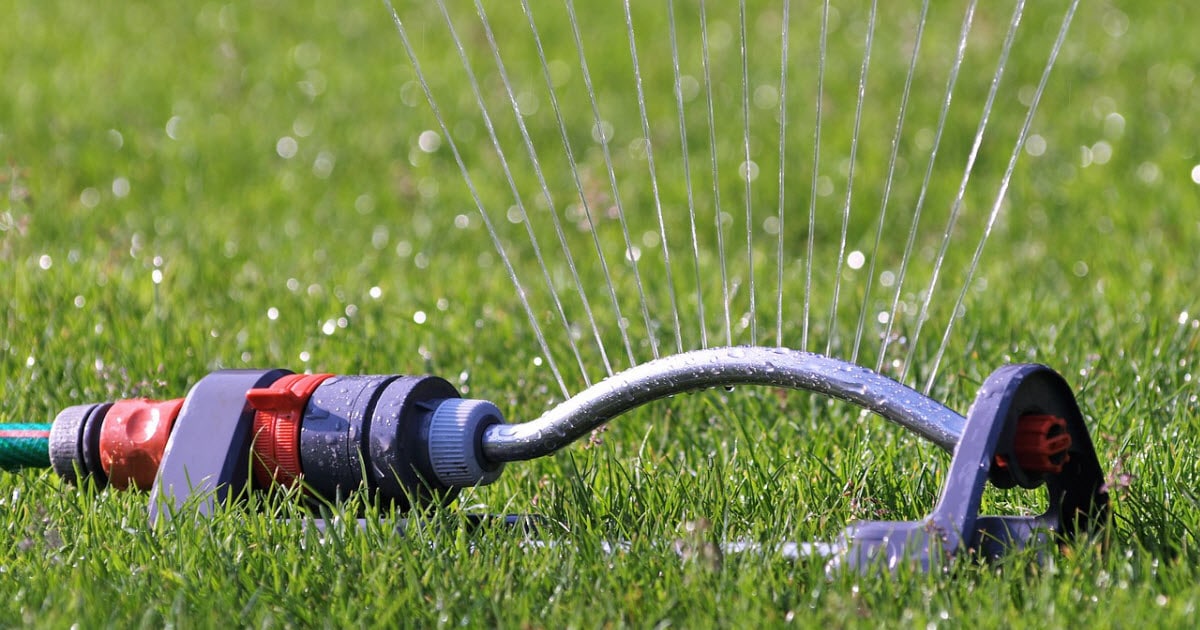
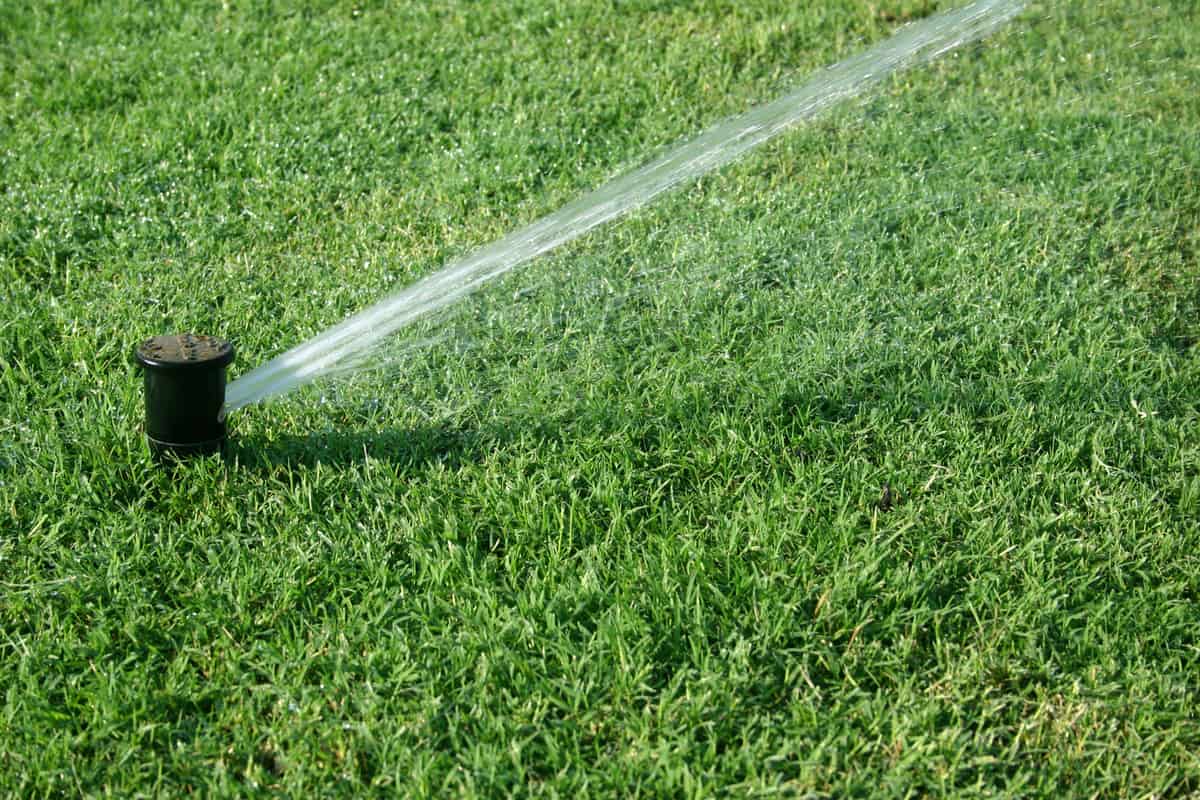
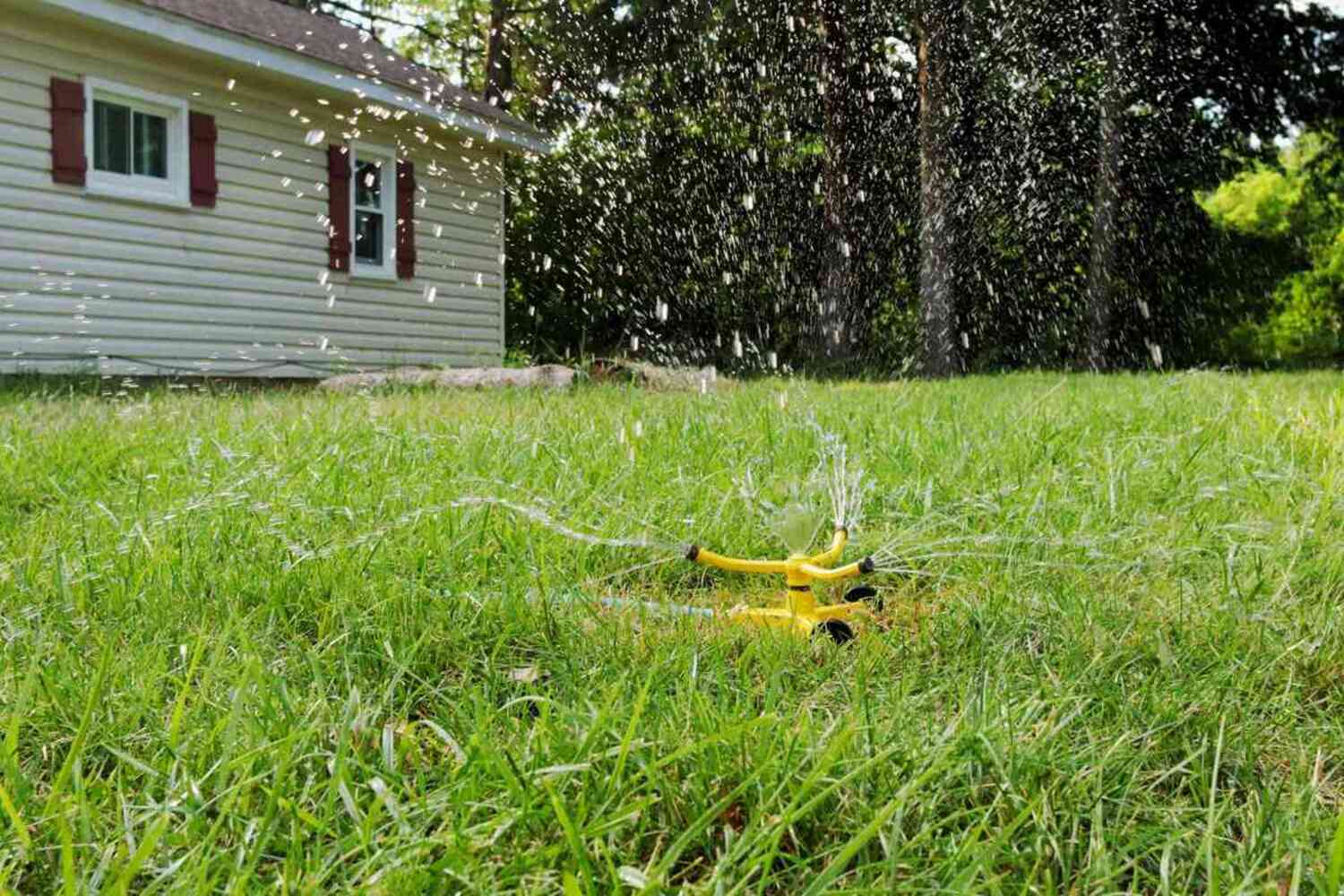
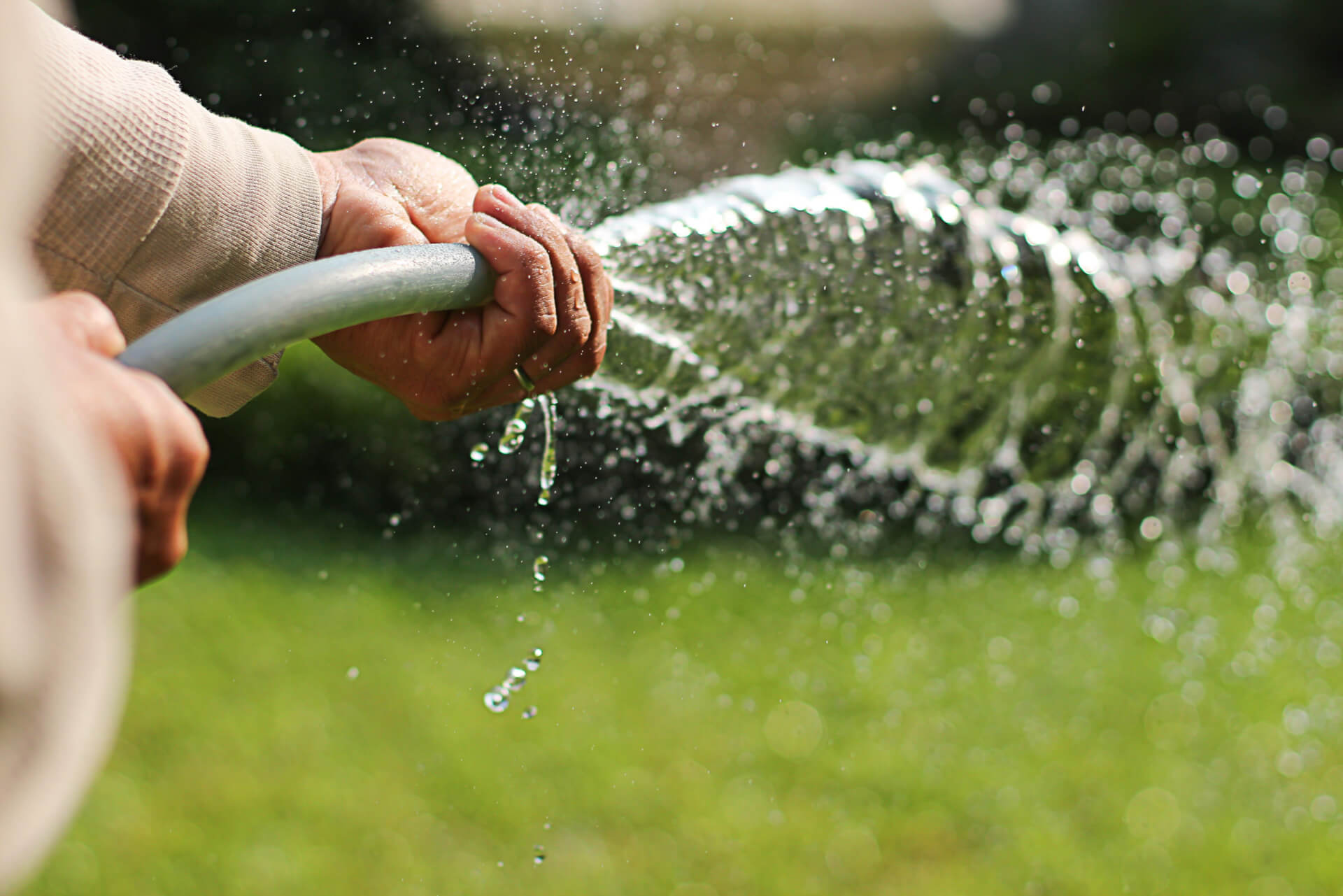
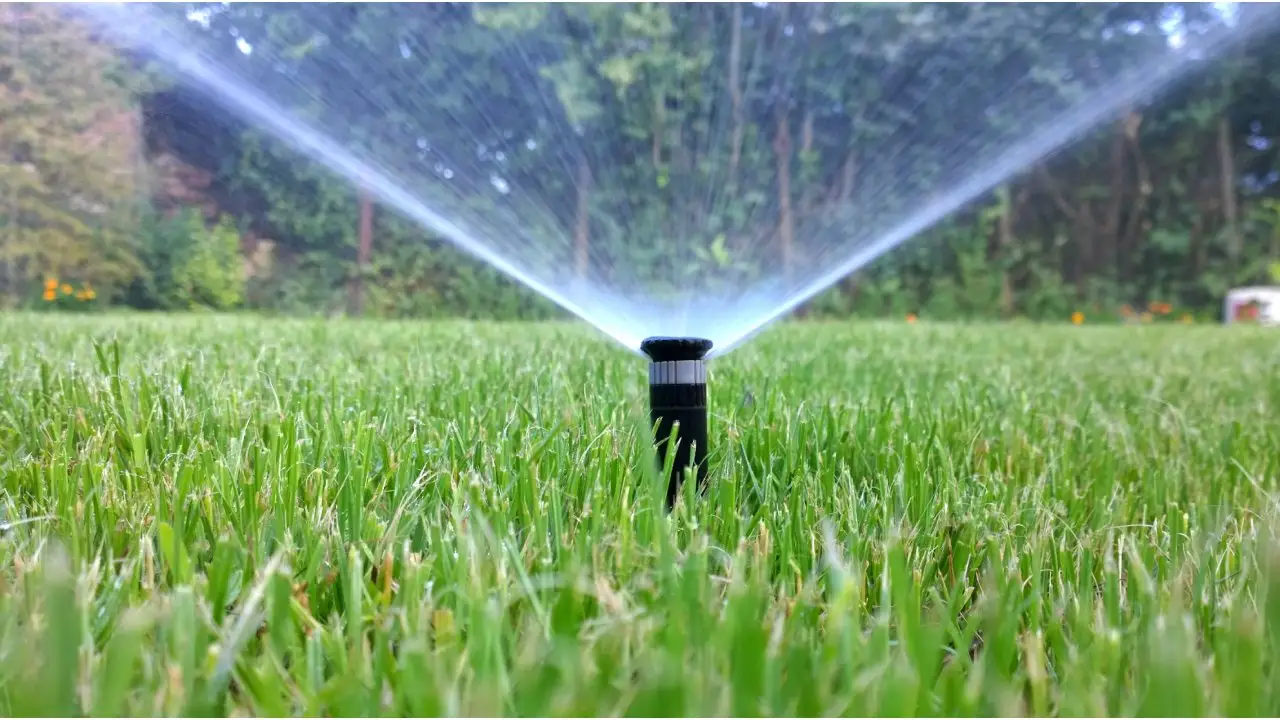
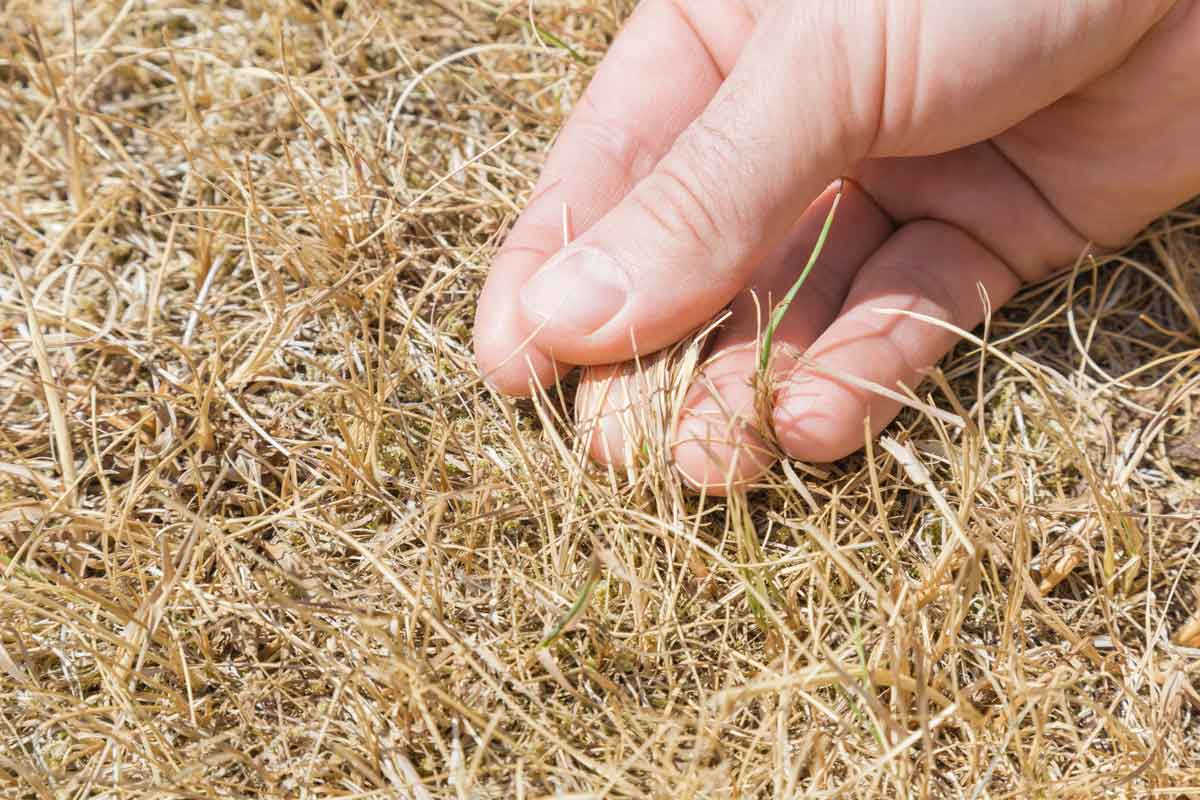
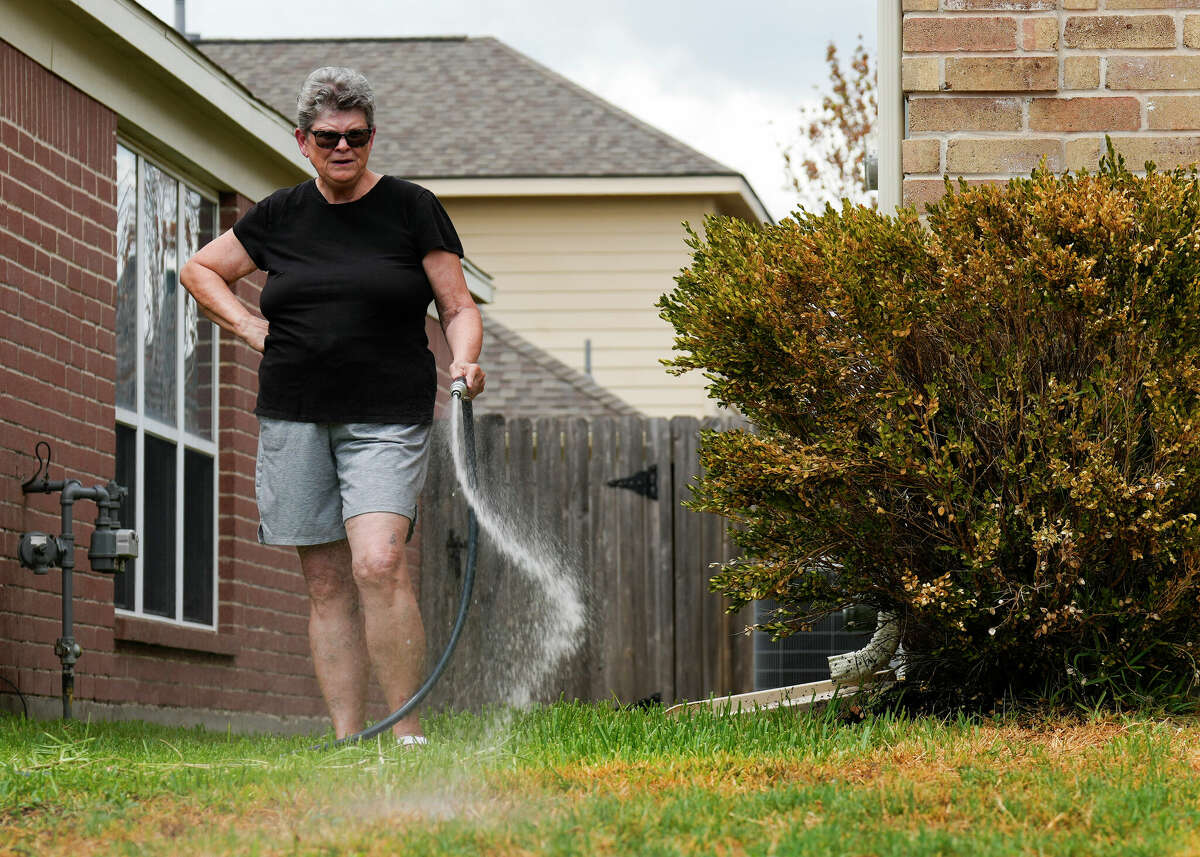
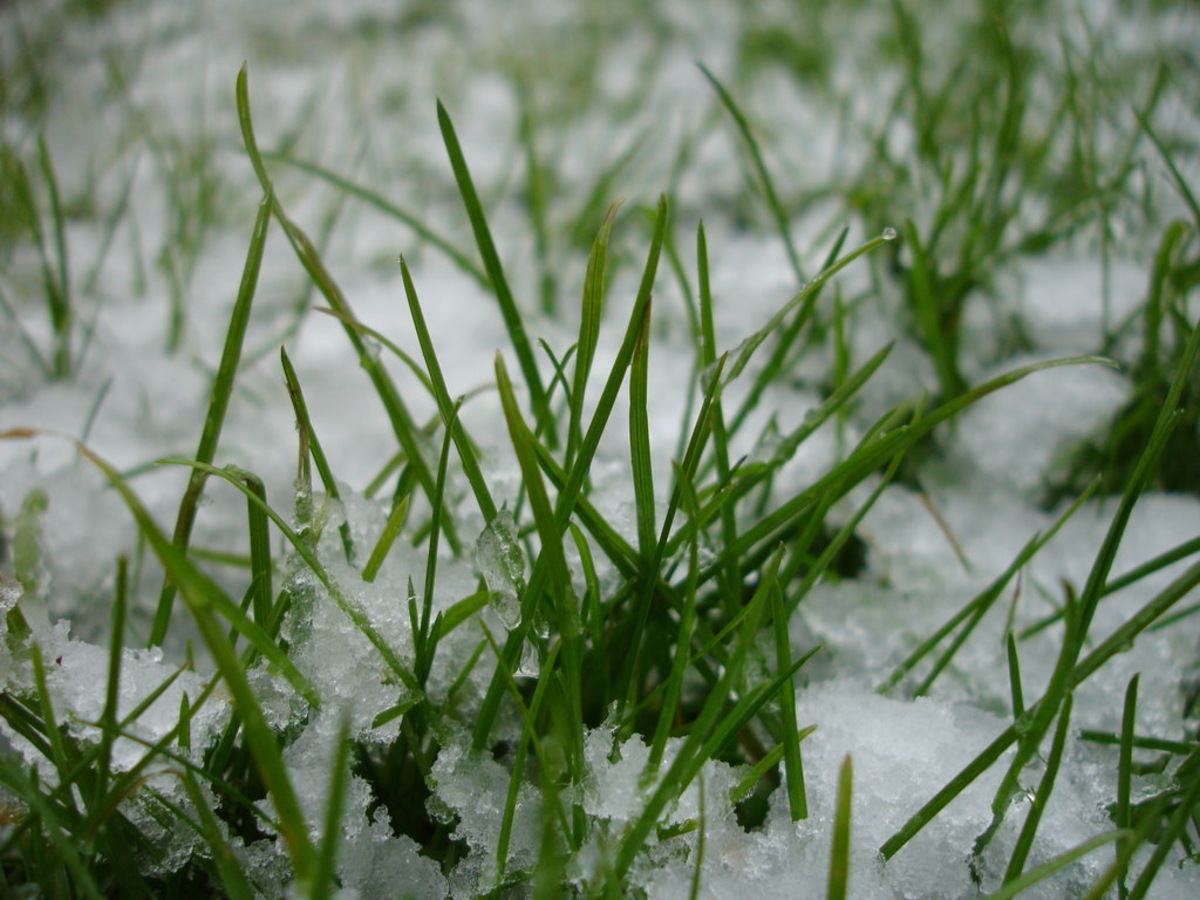
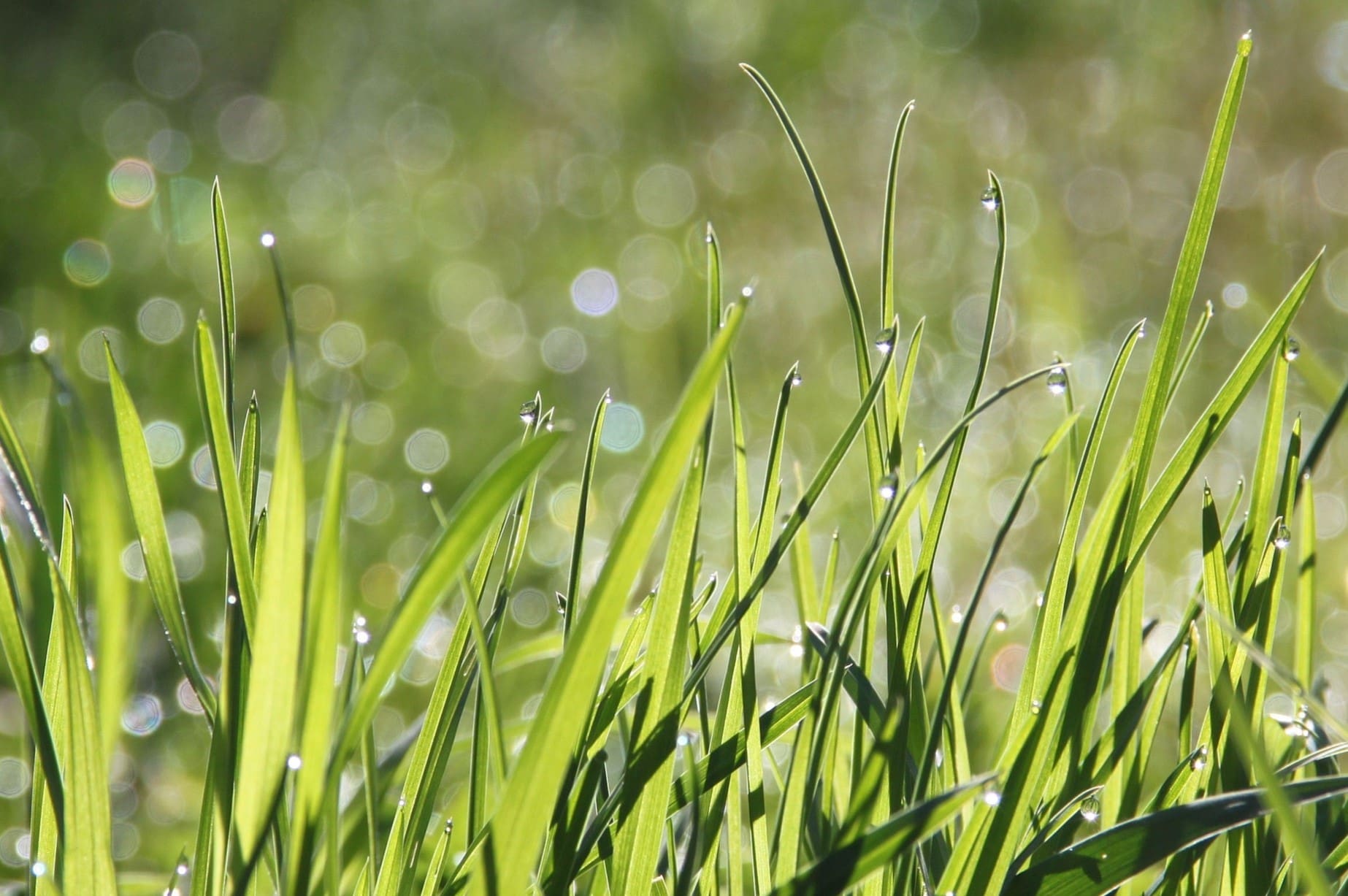
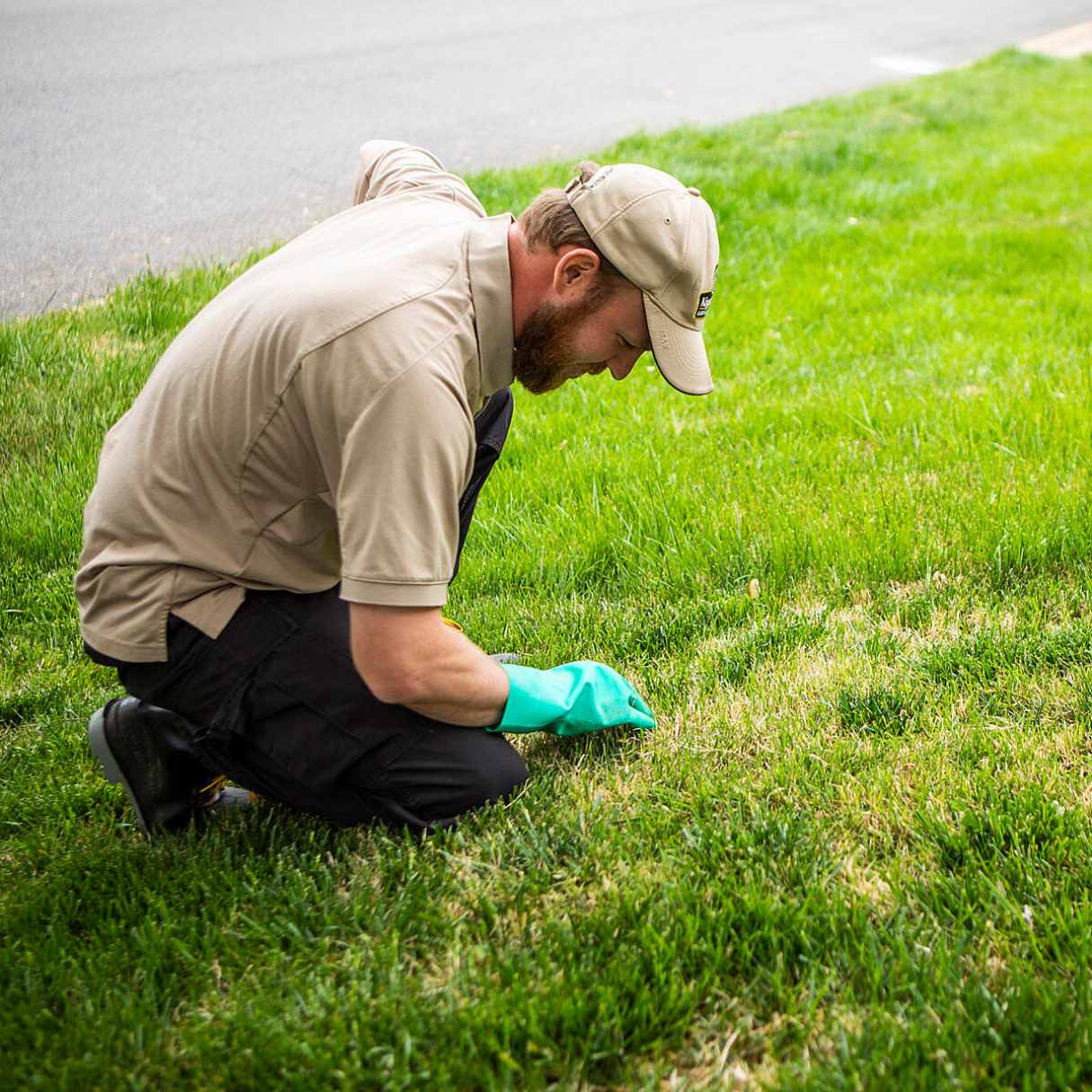

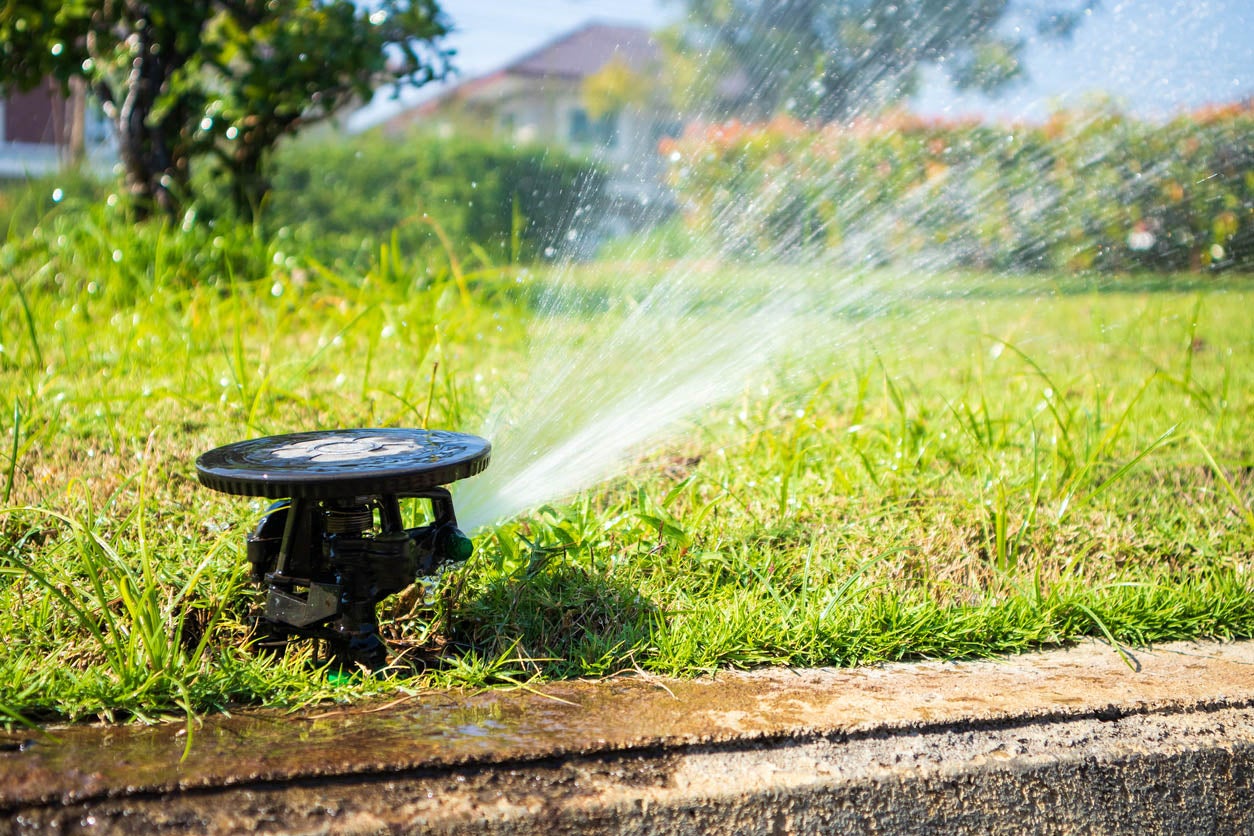
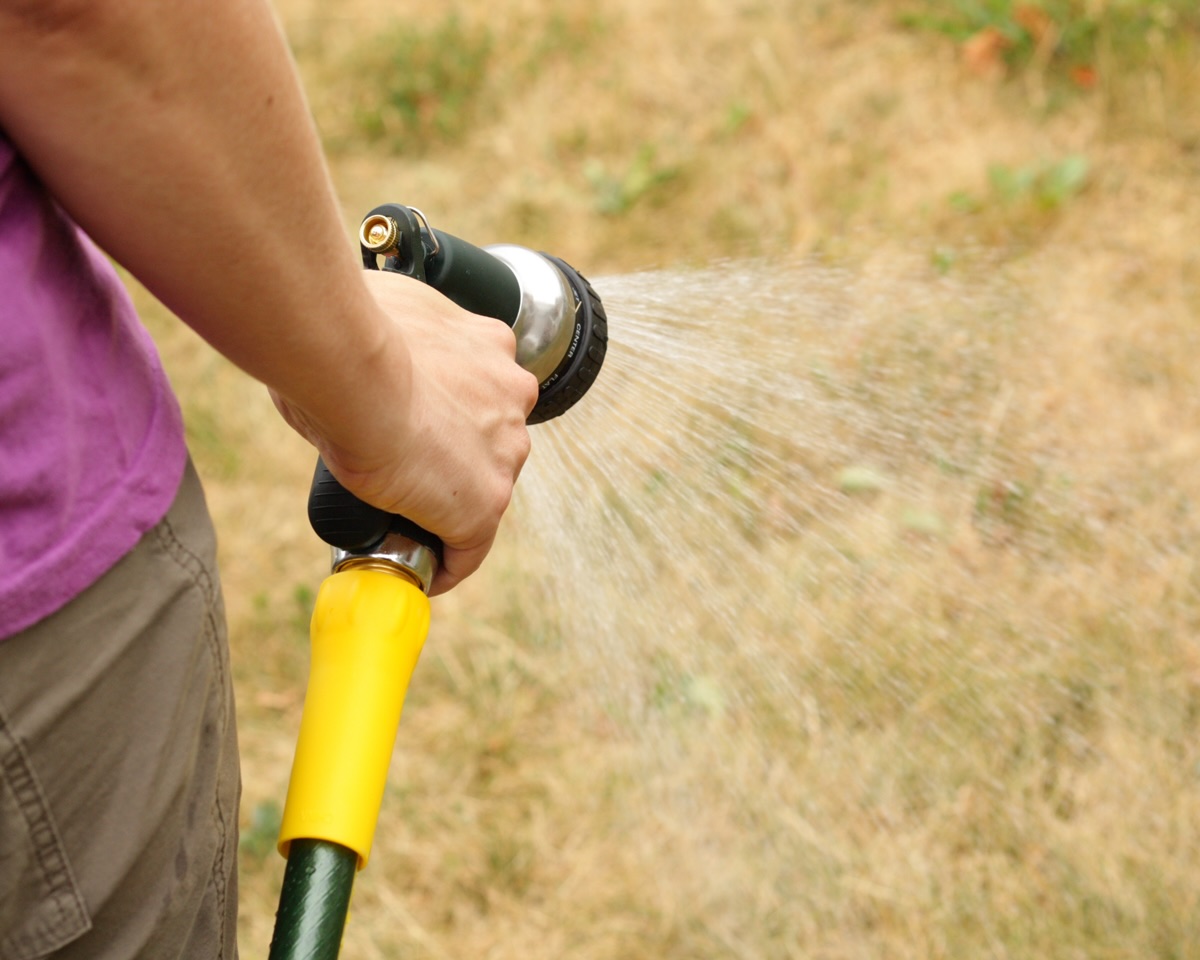


0 thoughts on “How Long To Water My Grass”